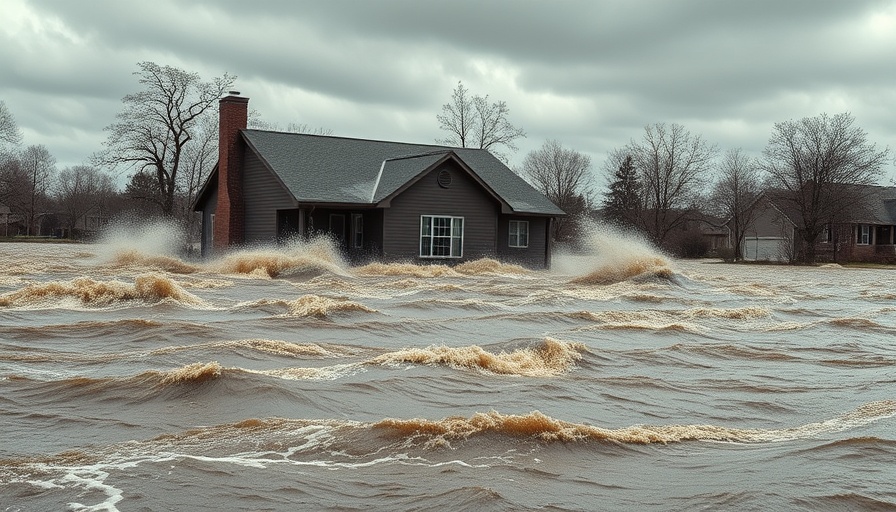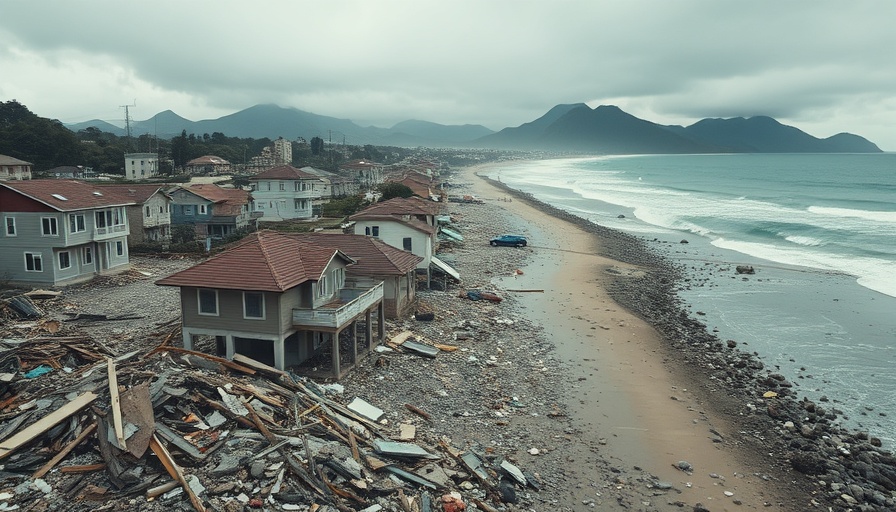
Understanding the "Weirding" of Our Climate
As average global temperatures climb, many regions are experiencing not just warming, but a phenomenon that scientists have termed "global weirding." This term captures the erratic and often alarming shifts in climate patterns—extreme heat followed by abrupt cold snaps, or prolonged droughts turning into sudden downpours. These shifts are not uniform; they manifest differently based on local contexts, reflecting the fragile balance of climates across diverse geographical locations.
Local Perspectives on Climate Change
At the recent Columbia Climate School program, high school students gathered in the Green Mountains to explore these complex ideas. They engaged in activities designed to link global climate change to local impacts. In discussions surrounding climate hazards in their communities, students pointed out that their experiences—like heat waves, flooding, and drought—are not just statistics, but realities that will shape their futures.
The Importance of Community Resilience
Resilience is a key concept that emerged from the students' discussions. How well a community can adapt to changing climate conditions greatly influences its vulnerability to natural disasters. Responses highlighted proactive measures taken in various neighborhoods, such as constructing disaster shelters and developing local communication systems for flood preparedness. These peer-to-peer conversations shed light on the diverse human responses to climate threats and underscore the importance of preparedness in promoting community strength.
Imagining a Resilient Community
As part of their learning, students envisioned their communities filled with features that bolster resilience against climate change. Their ideas included building greener infrastructure, enhancing drainage systems to manage extreme rainfall efficiently, and creating urban gardens where community members could gather and share resources. Such visions not only foster a sense of hope but also demonstrate the power of young voices in influencing how climate change discussions unfold.
Why Context Matters in Climate Adaptation
The discussions among students were clarion calls to understand local contexts better when addressing climate issues. Communities across Seattle and beyond can adapt innovations that prioritize local ecological characteristics, resources, and challenges. By fostering localized adaptation strategies, we can ensure that resilience is more about continual growth and evolution rather than just survival.
Taking Action for a Sustainable Future
In a world that is continually changing, the need for sustainable living has never been more crucial. As individuals, we can participate by advocating for environmentally sound policies, reducing waste, and supporting community resilience projects. Whether through urban greening initiatives or educational programs that emphasize sustainability, every step taken today builds a stronger tomorrow for all.
 Add Row
Add Row  Add
Add 




Write A Comment